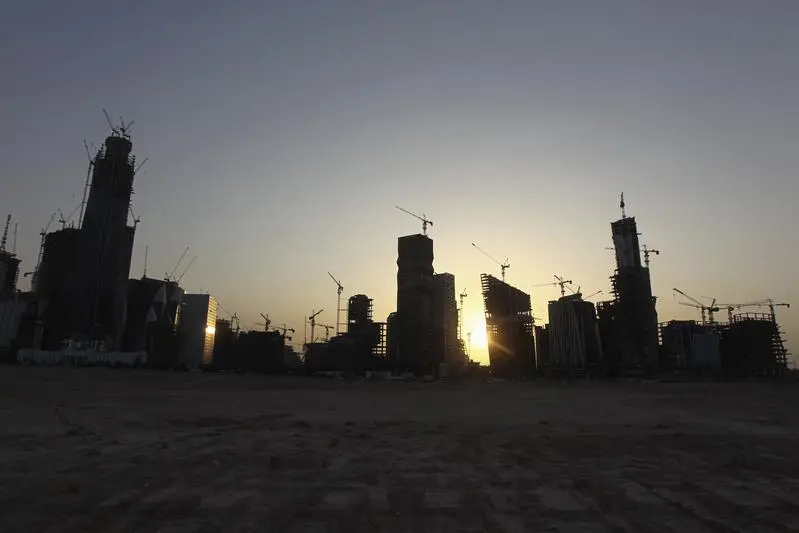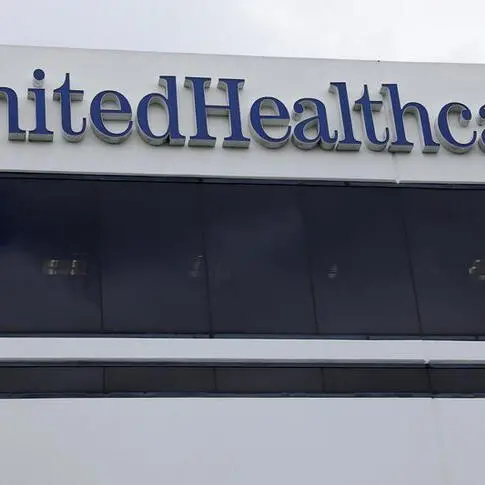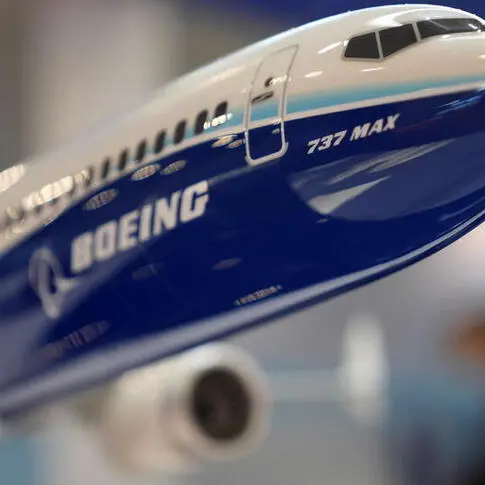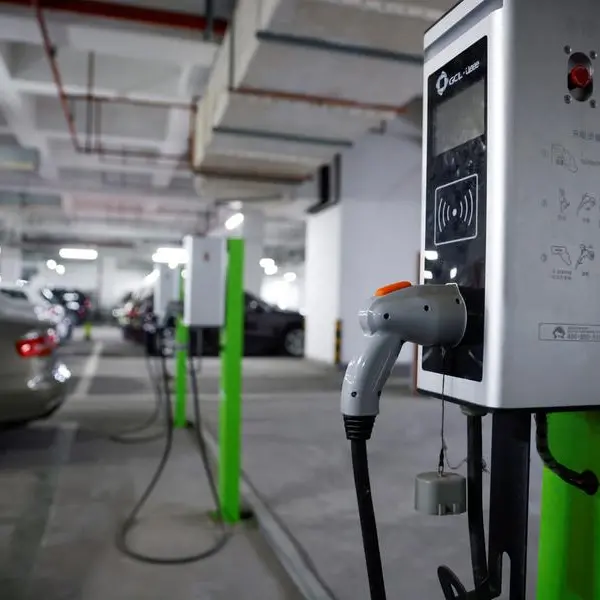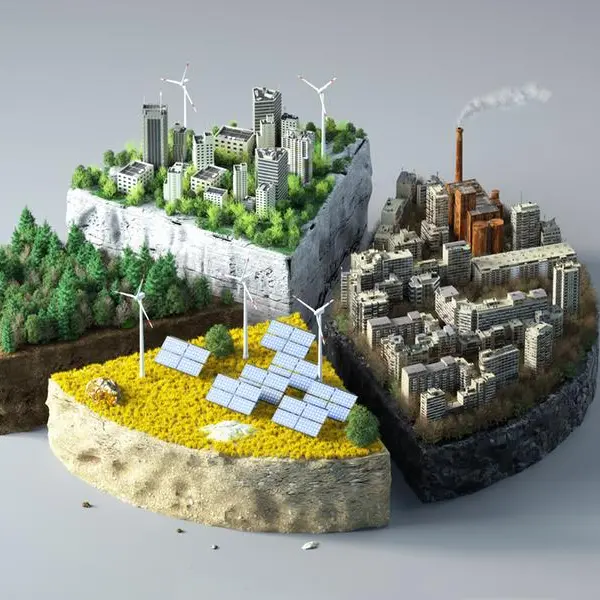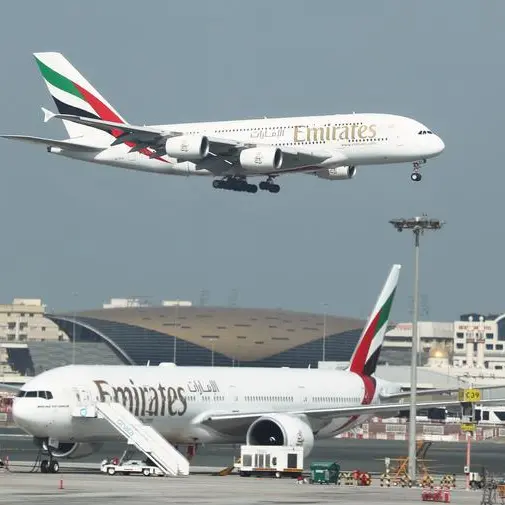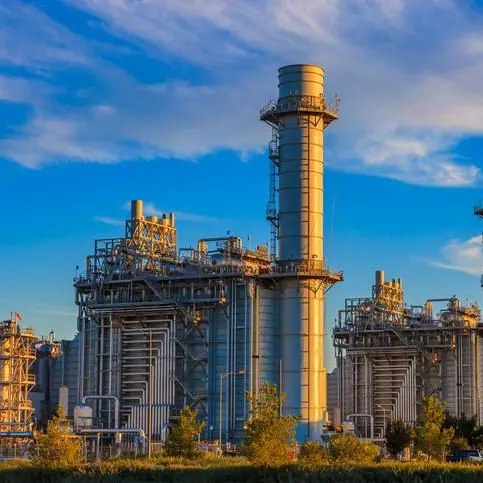PHOTO
06 October 2016
JEDDAH: The contribution of oil production to Saudi Arabia’s annual economic growth is likely to remain on the positive side, according to the GDP Update for the second quarter of 2016 from Jadwa Investment.
“We also expect the private sector to maintain a positive performance, albeit at a slower pace, as the slowdown in credit growth is expected to moderate with the anticipated international sovereign bond issuance,” said Jadwa researchers.
Business surveys point toward an expansion in the non-oil private economy in 2016, they added.
While local fundamentals are still reflecting a growing economy, any further measures to reduce the fiscal deficit could potentially lead to negative growth in non-oil economic activity, the report pointed out.
“Furthermore, with considerable uncertainty over the path of the global economy, we have revised our overall real GDP growth forecast for 2016 and 2017 to 1.1 percent, and 0.6 percent respectively, down from our earlier forecast of 1.7 percent and 2.4 percent,” said the Jadwa economists.
Transport was the only sector to record an acceleration in annual growth during the second quarter to reach 3.8 percent in the second quarter, compared with 0.3 percent during the previous quarter, the report added.
“We see the acceleration in growth in this sector reflecting the general improvement in non-oil activity during the second quarter, as more movement of people and goods is consistent with a broader uptick in economic activity. Looking ahead, the general slower activity in the non-oil economy during 2016 could eventually impact growth in transport,” said the research team headed by Fahad Alturki.
According to the report, finance, insurance, and business services was another sector posting positive growth in activity during the second quarter, at 2.4 percent. However, the sector showed a slowing trend from 3.3 percent in the previous quarter. It appears that the slower growth was mainly due to a negative contribution from the financial services sub-sector (42 percent of finance sector GDP), while growth in the ownership of the dwellings sub-sector (58 percent of finance sector GDP) was robust at 5.3 percent in Q2.
“We see the slowing growth in credit, amidst rising cost of funding, contributing to negative growth of 0.7 percent in financial services.
Looking ahead, we believe that any upcoming international bond issuance would positively impact liquidity in the financial system, allowing credit extension to continue, thus ensuring growth in the finance sub-sector,” said the researchers.
Further, the anticipated implementation of land fees appears to have contributed to an uptick in real estate development activity, as growth in ownership of the dwellings subsector rose to 5.3 percent, its highest since Q4 2013.
“We see real estate development playing a growing part in the finance sector over the next few quarters, particularly from private real estate developers, as the progress in land reforms continue,” they added.
JEDDAH: The contribution of oil production to Saudi Arabia’s annual economic growth is likely to remain on the positive side, according to the GDP Update for the second quarter of 2016 from Jadwa Investment.
“We also expect the private sector to maintain a positive performance, albeit at a slower pace, as the slowdown in credit growth is expected to moderate with the anticipated international sovereign bond issuance,” said Jadwa researchers.
Business surveys point toward an expansion in the non-oil private economy in 2016, they added.
While local fundamentals are still reflecting a growing economy, any further measures to reduce the fiscal deficit could potentially lead to negative growth in non-oil economic activity, the report pointed out.
“Furthermore, with considerable uncertainty over the path of the global economy, we have revised our overall real GDP growth forecast for 2016 and 2017 to 1.1 percent, and 0.6 percent respectively, down from our earlier forecast of 1.7 percent and 2.4 percent,” said the Jadwa economists.
Transport was the only sector to record an acceleration in annual growth during the second quarter to reach 3.8 percent in the second quarter, compared with 0.3 percent during the previous quarter, the report added.
“We see the acceleration in growth in this sector reflecting the general improvement in non-oil activity during the second quarter, as more movement of people and goods is consistent with a broader uptick in economic activity. Looking ahead, the general slower activity in the non-oil economy during 2016 could eventually impact growth in transport,” said the research team headed by Fahad Alturki.
According to the report, finance, insurance, and business services was another sector posting positive growth in activity during the second quarter, at 2.4 percent. However, the sector showed a slowing trend from 3.3 percent in the previous quarter. It appears that the slower growth was mainly due to a negative contribution from the financial services sub-sector (42 percent of finance sector GDP), while growth in the ownership of the dwellings sub-sector (58 percent of finance sector GDP) was robust at 5.3 percent in Q2.
“We see the slowing growth in credit, amidst rising cost of funding, contributing to negative growth of 0.7 percent in financial services.
Looking ahead, we believe that any upcoming international bond issuance would positively impact liquidity in the financial system, allowing credit extension to continue, thus ensuring growth in the finance sub-sector,” said the researchers.
Further, the anticipated implementation of land fees appears to have contributed to an uptick in real estate development activity, as growth in ownership of the dwellings subsector rose to 5.3 percent, its highest since Q4 2013.
“We see real estate development playing a growing part in the finance sector over the next few quarters, particularly from private real estate developers, as the progress in land reforms continue,” they added.
© Arab News 2016
